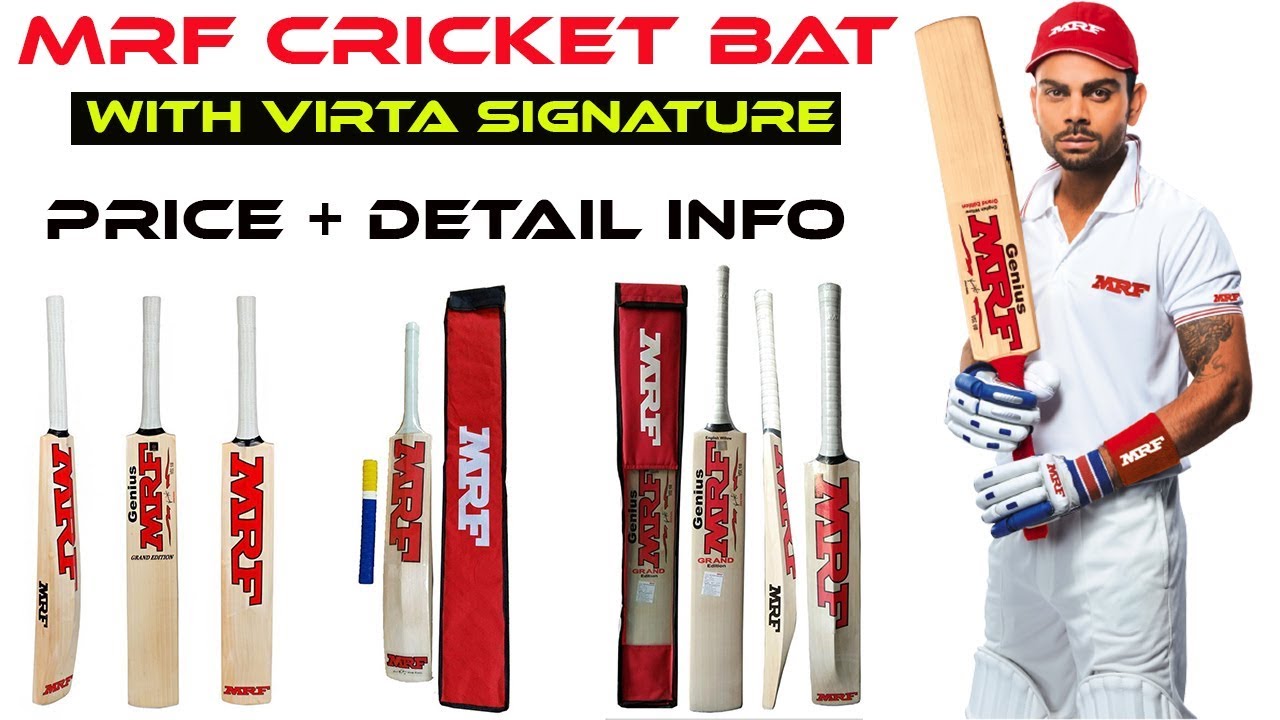First things first, get a Cricket Bat. Size is important. You need to find the right size, and weigh your bat. Moreover, you need to know the right balance of weight and height. Once you get the right size and weight, you must knock it in. After that, you need to apply raw linseed oil on the face of the bat. You can use a soft leather cricket ball to knock the bat face. This process should take three to four hours. Your bat is not yet ready.
Table of Contents
Weight
What is the best weight of cricket bat? The weight of cricket bats varies depending on the specifications of the sport. The international level bats weigh approximately 1.1 to 1.4 kg. Many bats used by renowned players like Sachin Tendulkar and Brian Lara were heavy. Today, the trend has changed. Players who wish to improve their game can consider investing in a high-quality bat. Cricket bats are available at a wide variety of prices, depending on its type and brand.
The width of a cricket bat is about four inches, or 108 mm, while its depth is 2.64 inches (67 mm). The edge is about 1.56 inches wide. The weight of a cricket bat is normally two pounds, seven ounces, or three pounds, depending on the type of cricket bat. Cricket bats can be heavier or lighter, and there is no standard weight for a cricket bat. A bat is more comfortable if it feels light, so check the weight before buying.
Length
You must know the size of your MRF cricket bat. There are certain standards for the length of cricket bats, which have been set by the international cricket council. For example, the length of a cricket bat should be 38 inches, while its width should be 4.25 inches. The depth of the cricket bat should also be 2.64 inches, and the edge should be 1.56 inches wide. Cricket bats are designed for fast-paced play, so make sure that the length of your cricket bat is appropriate for your height.
The Length and width of a cricket bat are determined by Law 5. A bat may not be longer than 38 inches, nor can it be shorter than four and a half inches. A cricket bat may not exceed either of these maximums. While weight is not regulated, the width and length of a cricket bat must be within the limits set by the law. Depending on the level of play, a cricket bat may be a few inches too long or too short.
Sweet spot
Every cricket bat has a sweet spot in its design, where the player generates the most timing on the ball. This sweet spot location depends on the shape of the bat, how much wood is added to the blade, and the batting style of the player. For example, front-foot players prefer bats with a lower middle, while back-foot players like those with a higher middle. However, this does not mean that you should choose a bat based on these factors alone.
The spine of a cricket bat runs down the middle. It starts from the handle and extends to the toe. There are three types of spine, with the highest being the highest. The lowest profile offers a medium-sized sweet spot. The high-spined bats offer the maximum amount of willow mass behind the sweet spot. The low-spined cricket bats are less curved than their low-spined counterparts.
Edges
Cricket bats can be classified according to their thickness. Thin edges do not connect much with the bat, but they have thick edges that do. Thin edges are more likely to go through the wicketkeeper while thick edges connect with more of the bat. A cricket bat with a thick edge is likely to stay in the bowler’s hand and travel to slips or gully. While edges are important, they should not become an obsession.
Cricketers usually hit the ball with the outside edge of the bat. The outside edge is like a skate that moves up in a curving motion. Bowlers usually have a fielder behind the square on the leg side boundary. If a batsman edges a cricket ball in this direction, it will most likely be caught by the wicketkeeper. So, when you see a cricketer hitting the ball with the outside edge of his bat, you will be able to tell what kind of stroke he is trying to play.
Sweet spot size
The size of a cricket bat’s sweet spot is an important factor when selecting a new balance cricket bat. The sweet spot is the part of the bat from which a ball will bounce with maximum acceleration and minimum vibration. Cricket bats with a larger sweet spot contain more wood on the edges, which will decrease turning in the batter’s hand and reduce the margin of error for the bowler. But while the size of the sweet spot is important from a technical standpoint, the size of the bat does not determine whether or not a cricket bat is the best choice.
The size of the sweet spot is dependent on what shots you’re looking to perform with the ball. A front foot shot will require a bat with a smaller sweet spot than a cut shot, while a backfoot shot will require a bat with a thicker blade. As the sweet spot size changes with the blade thickness, it is important to choose the thickest blade possible. If you’re using a front foot shot, you’ll want a bat with a smaller sweet spot.

